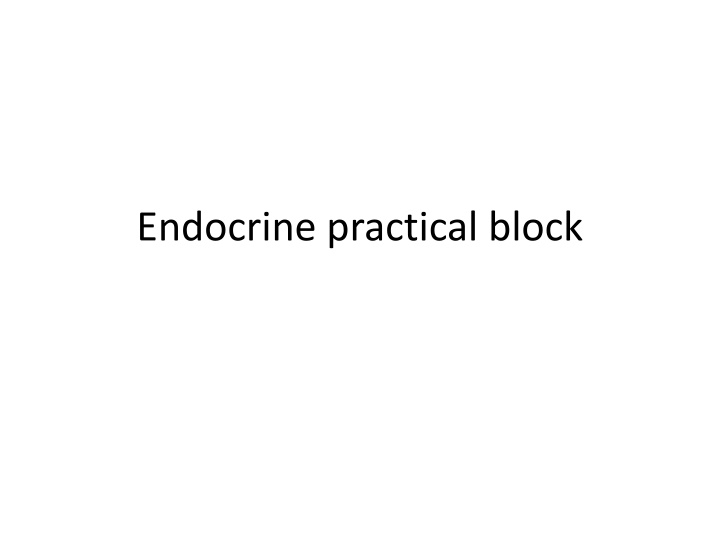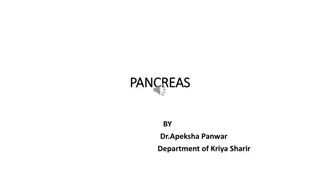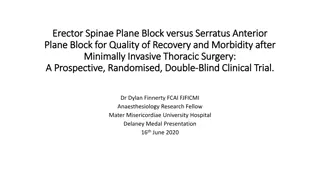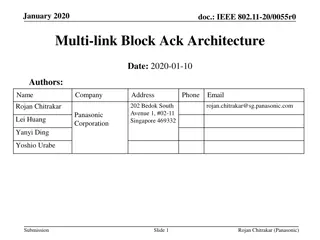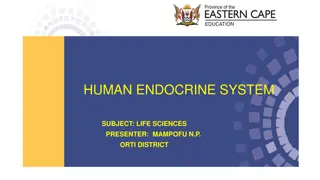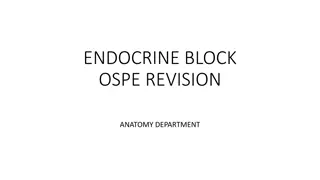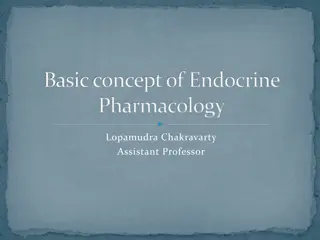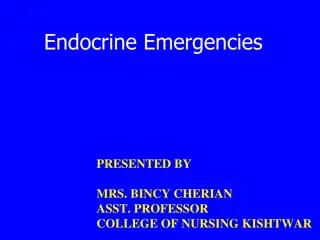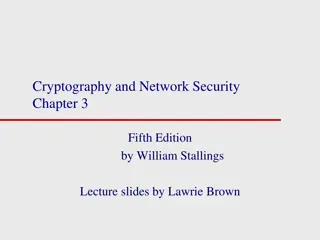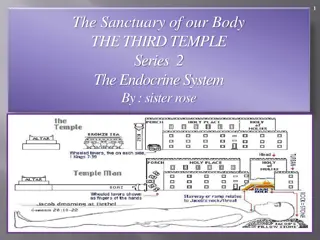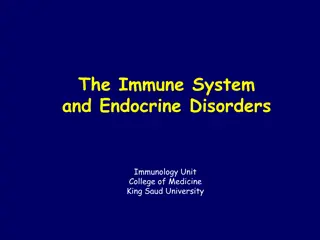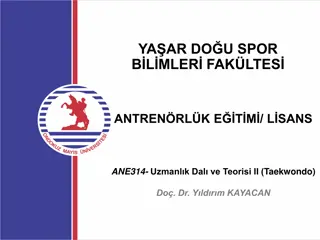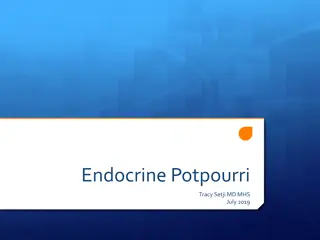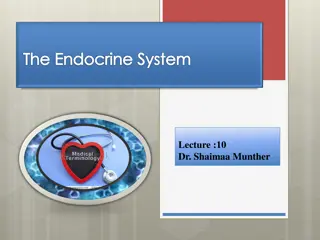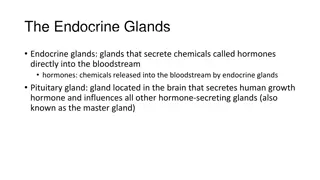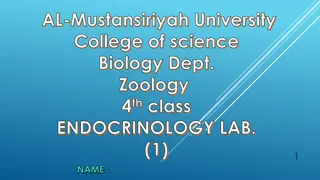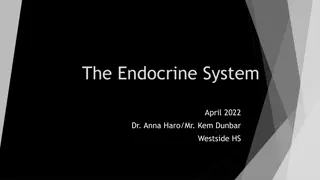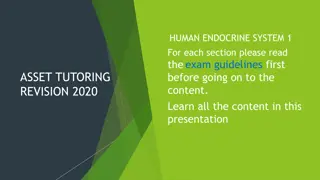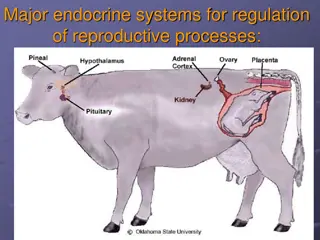Endocrine practical block
The endocrine practical block covers topics such as the normal anatomy of the thyroid gland, multinodular goiter, thyrotoxicosis, hyperthyroidism, exophthalmos, Graves' disease, and more. Explore images and learn about the clinical manifestations and histopathology associated with thyroid disorders. Understand the causes, symptoms, and diagnostic features of thyroid conditions to enhance your knowledge in endocrinology.
Download Presentation

Please find below an Image/Link to download the presentation.
The content on the website is provided AS IS for your information and personal use only. It may not be sold, licensed, or shared on other websites without obtaining consent from the author.If you encounter any issues during the download, it is possible that the publisher has removed the file from their server.
You are allowed to download the files provided on this website for personal or commercial use, subject to the condition that they are used lawfully. All files are the property of their respective owners.
The content on the website is provided AS IS for your information and personal use only. It may not be sold, licensed, or shared on other websites without obtaining consent from the author.
E N D
Presentation Transcript
Normal anatomy of thyroid gland 15-25 grams The normal weight of the thyroid, in grams, is also the same as its 24 hour radioactive iodine uptake percentage. Why? Ans: Because it take up 1% per gram.
Gross and histopathology 1- Multinodular goiter
Multinodular Goiter Asymmetric enlargement Goiter is clinical term means thyroid enlargement Multinodular Haemorrhage Principle cause of endemic goiter is lack of iodine Cystic degeneration in water and food supply
Multinodular Goiter Numerous follicles varying in size filled with colloid. We can also see Recent haemorrhage Haemosiderin Calcification Cystic degeneration
Multinodular Goiter The follicles are irregularly enlarged, with flattened epithelium, consistent with inactivity, in this microscopic appearance at low power of a multinodular goiter.
HYPER-THYROIDISM HYPERMETABOLISM Tachycardia, palpitations Increased T3, T4 Goiter Exophthalmos Tremor GI hypermotility Thyroid storm , life threatening
Exophthalmos The cause of eye protrusion is Increased retro-orbital connective tissue
Graves Disease, Thyrotoxicosis Symmetrical enlargement of thyroid gland Cut-surface is homogenous, soft and appear meaty Hyperplasia and hypertrophy of follicular cells Autoimmune disease Increase T3 , T4 and decrease TSH
Section shows thyroid follicles lined by columnar and high cuboidal cells with evidence of peripheral vacuoles within the intrafollicular colloid material . Note the presence of peripheral smaller thyroid follicles devoid of colloid but lined by similar cells . Lymphocytic infiltration of the thyroid gland is sometimes seen in thyrotoxicosis . This feature is not , however , seen in the picture above .
Hashimoto Thyroiditis Diffuse enlargement. Firm or rubbery. Pale, yellow-tan, firm & somewhat nodular cut surface
Hashimoto Thyroiditis Massive lympho- plasmcytic infiltration with lymphoid follicles formation Destruction of thyroid follicles Remaining follicles are small and many are lined by Hurthle cells Increased interstitial connective tissue
Follicular Adenoma Solitary Variably sized Encapsulated Well-circumscribed With homogenous gray-white to red- brown cut-surface +/- degenerative changes
There is a well circumscribed light brown and circular tumor nodule which is surrounded by a thick and whitish capsule . The surrounding thyroid tissue is unremarkable . The features are consistent with a follicular adenoma of thyroid gland .
The red arrow is located within the adenoma. Although composed of follicular cells, little colloid is seen. The blue arrow points to the capsule of the adenoma, a few strands of connective tissue. The yellow arrow points to colloid within a large normal follicle.
5- Papillary thyroid carcinoma Other carcinomas: Follicular, Medullary, Anaplastic, .. Calcitonin for medullary Anaplastic fro old age , very poor
A relatively well circumscribed pale and firm nodule showing a whitish cut surface with vague scattered papillary areas .
Sections show a papillary neoplasm consisting of papillary fronds lined by overlapping clear nuclei ( Orphan Annie nuclei ). Calcified Psammoma bodies are also seen .
Pheochromocytoma The figure shows a single partly pale and partly hemorrhagic adrenal medullary mass which appears to be compressing the adrenal cortex ( arrow )
Pheochromocytoma Characteristic nests of cells Zellballen seen. The cells are polygonal to spindle shaped with abundant finely granular cytoplasm and nuclei with stippled salt and pepper chromatin. Lab findings: Increased urinary excretion of catecholamines, metanephrines and VMA.
